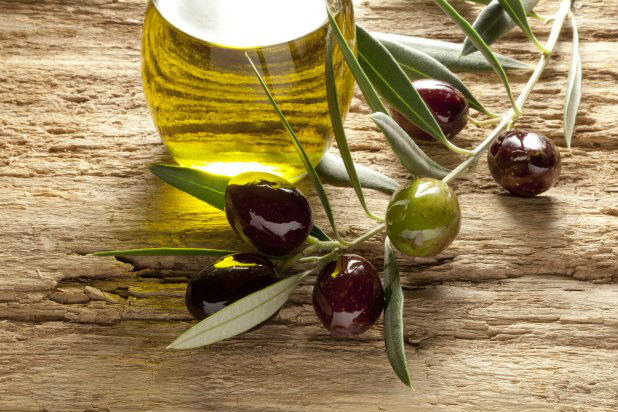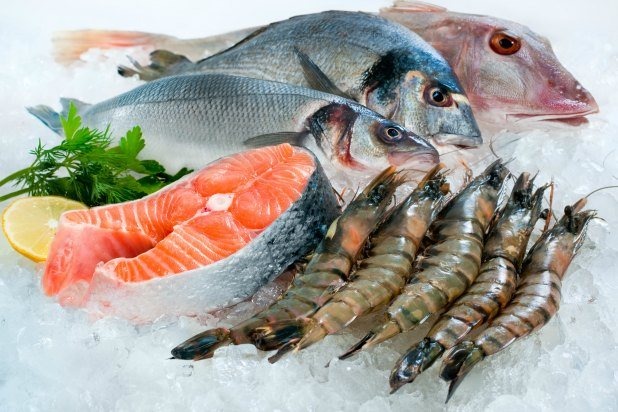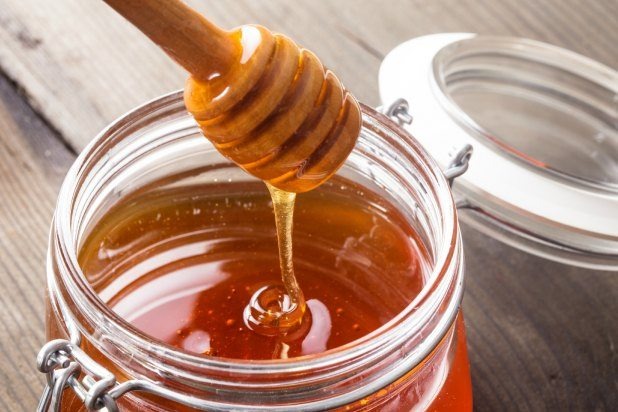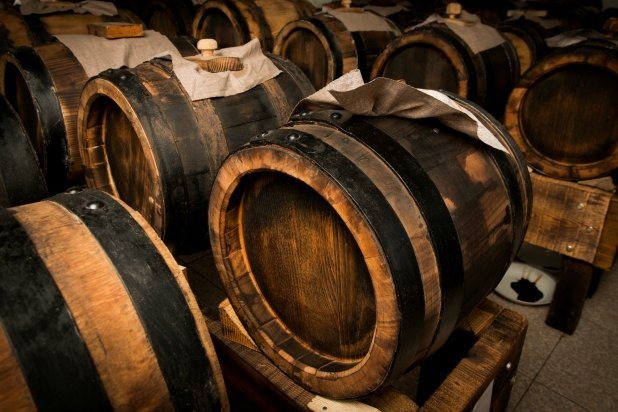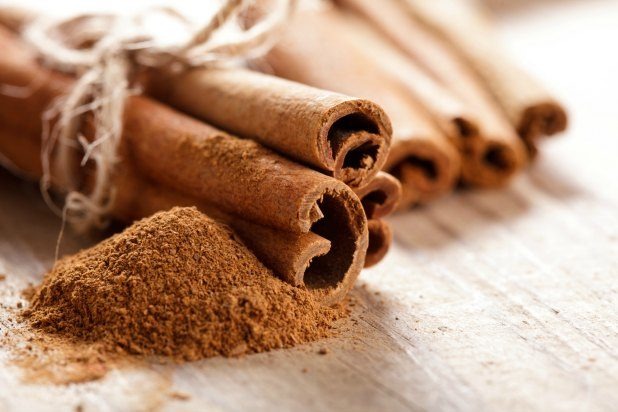These Cooking Ingredients Aren't What You Think They Are
Here's an : many bottles of olive oil also contain soybean or vegetable oil. Worse still, some bottles are created entirely from another type of oil. For the best chance of obtaining the real thing, look for olive oil that is labeled with a specific point of origin (though even then you may be getting oil grown in one place and bottled in another).
FishFalse labeling on fishMonterey Bay Aquarium’s website
Think you're eating cod? It's probably tilapia. Red snapper? That could be tilapia, too. is very common in the United States; as much as one third of the fish in your grocery store could be incorrectly labeled, with snapper being the most commonly mislabeled. Be sure to check for more information about the best fish to buy.
Honeyhigh-fructose corn syrup
Honey is one ingredient that you should be buying from a local, small-batch producer; try purchasing it at your local farmers market. Much of the honey sold in supermarkets is diluted with .
Balsamic Vinegargrape must
Beware of inexpensive balsamic vinegar (cheap wine vinegar with food coloring added); the real stuff is aged for years in oak casks. If you're looking for real balsamic vinegar, look for "" (unfermented pressed grapes) in the ingredient list.
Cinnamoncoffee husks
Unless it says "Ceylon" on the label, your cinnamon is probably cassia (a common substitute that's great for cooking and baking because it has a stronger flavor than true cinnamon). Unfortunately, "cinnamon" is often diluted with ground — so it may be best to opt for Ceylon cinnamon after all.
Kristie Collado is The Daily Meal's Cook Editor. Follow her on Twitter @KColladoCook.
